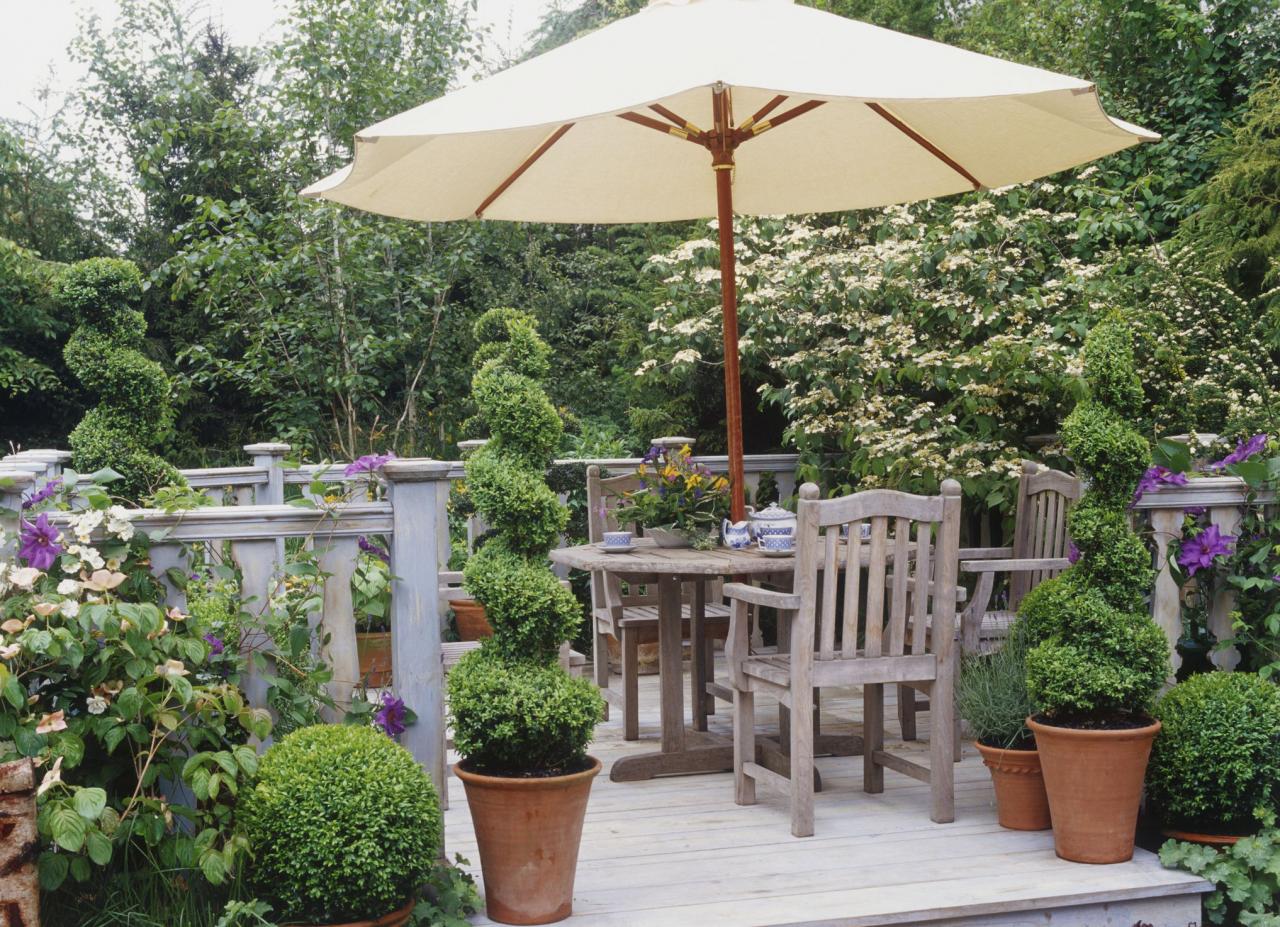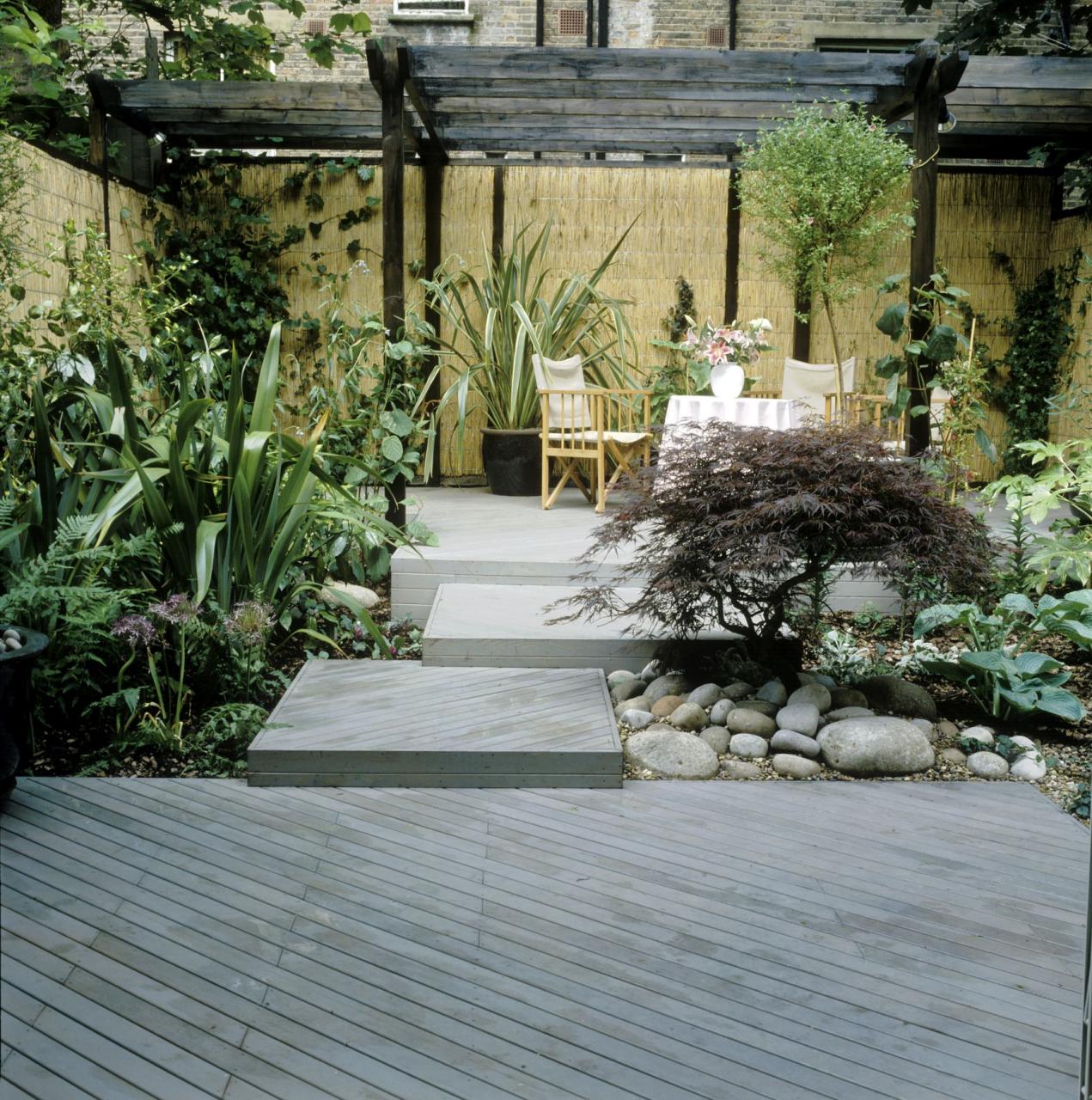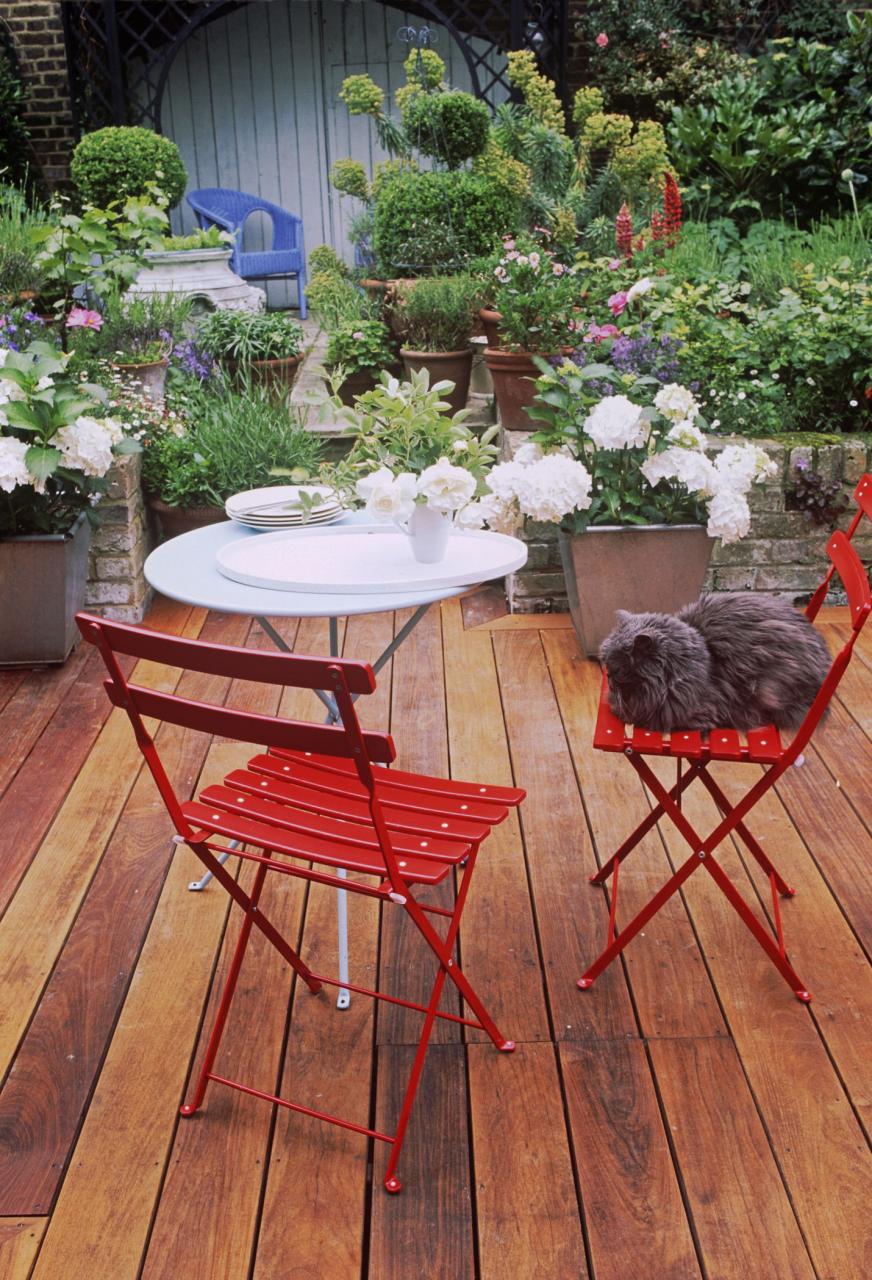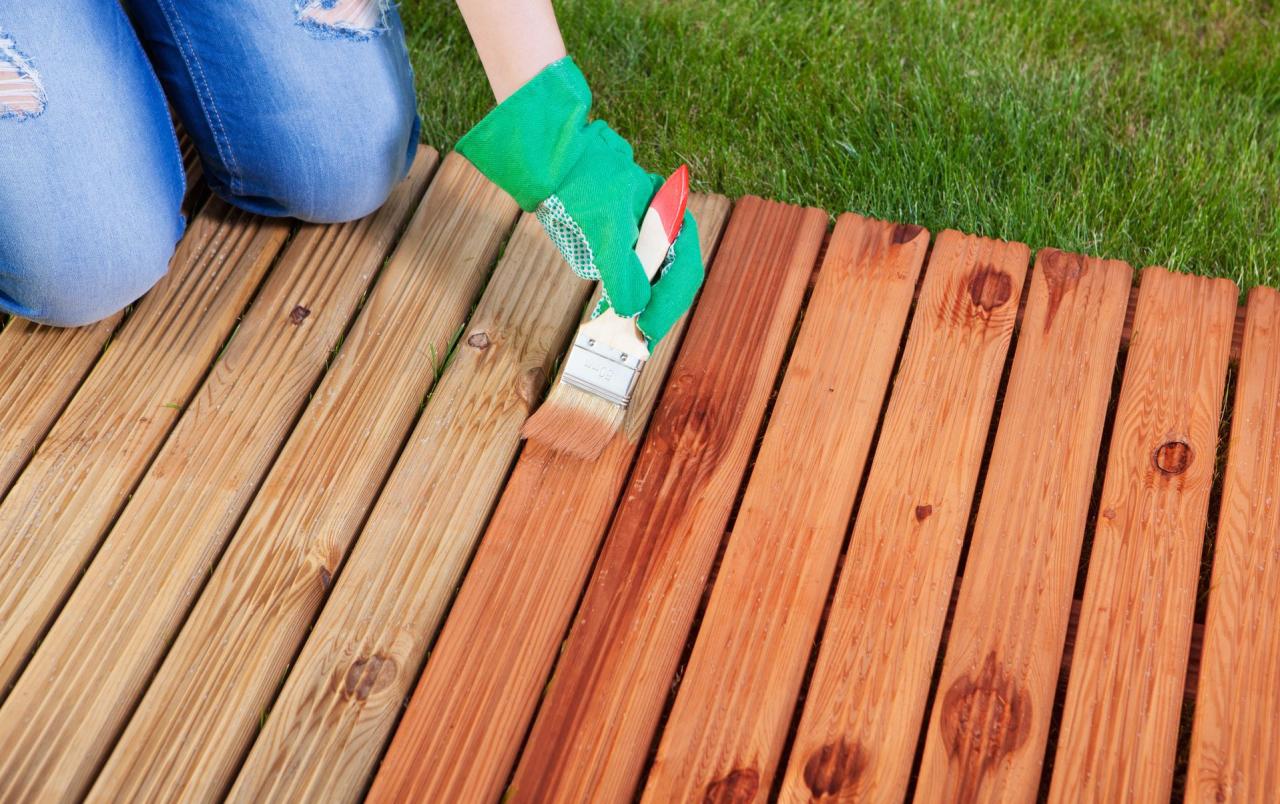

Getty ImagesMark Winwood
Decking can be a popular attraction for pests so it’s worth making a few quick and simple preparations to stop potential pests from making your garden their home.
But how, exactly? Follow these top tips and tricks to help you pest-proof your garden by removing the attractions that pesky birds and mice look out for.
Removing the appeal
A decked-out space in our garden can be seen as the main attraction, but we must withdraw that mindset from the pests. Pests, such as rats and mice, will scout out places before deciding on where to settle down, so try and make your decking as uninhabitable as possible.
One of the common causes of pest attraction is litter in your garden – whether this is food left outdoors from a BBQ you hosted or your bin lids not being tightly shut. If you have a get-together on your decking, make sure you thoroughly clear up and clean the decking so that no sauces or dropped food remain which could entice rodents and other critters. Remember; rats, mice and hedgehogs will also eat bird feed, so make sure to opt for a bird feeder that isn’t placed on the floor or a table and put it away from your decking.
Overgrown hedges and lengthy grass can be another attraction for pests in our garden – so keeping on top of trimming and mowing is essential. If your main pest problem is birds, movement is a great deterrent. Try hanging something that moves – like a wind chime or wind spinner – to help prevent birds from making a mess on your decking.

Ron Sutherland
Removing entry points
It’s important to then start removing any potential entry points for your pest. Pests won’t be able to make a home under your decked areas if they can’t get in to begin with, so investing in extra materials to create a barrier is worth it.
The perfect location for a pest to make home is somewhere warm – beneath your decking provides this. To stop this happening, use wood, mesh or chicken wire and run it along the entire edge of your decking between the boards and the ground. If you’re worried that this will ruin your decking’s aesthetic appeal, you can install a wooden trellis and have the mesh running behind it. Then, arrange potted plants or flowerbeds around your decking to mask the mesh further.
Pests can find themselves squeezing through small gaps – so it’s vital that your decking is sealed properly.

Getty ImagesLinda Burgess
Closure
Wooden decking makes for the perfect destination for woodworm. Unless you have composite decking that doesn’t rot, you might want to take steps to prevent this particularly unpopular garden pest.
It’s worth knowing that there are three different types of woodworm here in Britain. The common furniture beetle is usually what people mean when they say ‘woodworm’, but the house longhorn and deathwatch beetles are far more destructive – although thankfully rarer.
To prevent woodworm in your decking and outdoor furniture, try to keep the wood dry. This might be difficult for large areas like your decking, but your tables and chairs should be relatively safe under a waterproof cover. Sealing your wood with varnish is a good shout too. This creates a barrier that prevents female wood-boring beetles from laying eggs in the pores of the wood.
Is your garden already overrun with pests? If you can see small holes across your decking and furnishings – these are usually in a cluster and often about 1mm wide – there might be woodworm present. Although this is treatable, you first need to identify which type of woodworm is doing the damage, so it might be worth seeking professional advice. Common furniture beetle problems can be treated yourself using products that you can buy online. However, if the culprits are house longhorn or deathwatch beetles, you may need to treat by injection.

Getty ImagesNinaMalyna
Pests will keep trying
If you already have pests in the garden and need help getting rid of them, you could consider using non-lethal traps or scent repellents.
Hot spices can be an off-putting smell for rodents in the UK. Plant a peppermint tree around the edges of your decking or sprinkle cayenne around potential entry points to deter vermin from nesting. Of course, there are also plenty of commercial rat and mice repellents, including ultrasonic pest repellent, that you can buy that will work to keep pests at bay.
Have you considered using non-lethal traps to capture pests? But forget cheese; sweet treats work best to lure mice. Place these around your decking and make sure to release the rodent at least one mile from your home once caught.